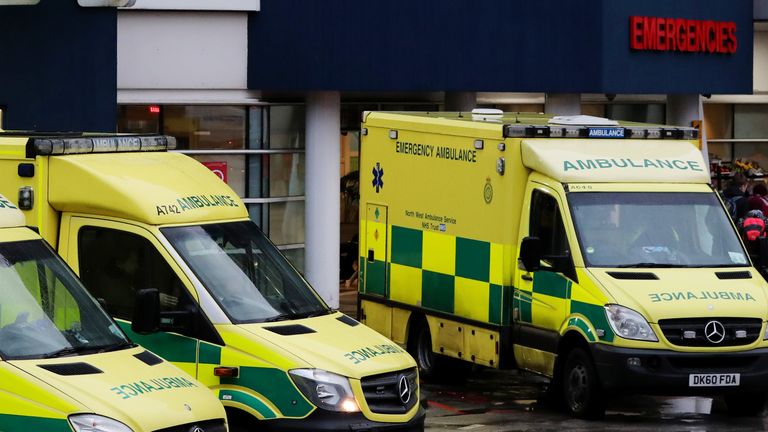Functionality
AI Agent is tailored for Accident & Emergency (A&E) departments, automating patient onboarding and continuous monitoring to optimize triage and care delivery. It assists staff during patient admission, collects key health data, and provides real-time monitoring and alerts for critical changes in patient conditions.
Features
- Patient Onboarding
- Conducts initial interviews with patients via a tablet-based assistant.
- Asks standardized questions about symptoms, medical history, and current condition.
- Automatically associates patient data with a unique identifier from a wearable monitoring device (e.g., wristband or bracelet).
- Generates an initial triage score based on symptoms and vital signs.
- Continuous Monitoring
- Integrates with IoT-enabled wearable devices to track real-time vitals such as heart rate, blood oxygen level (SpO2), body temperature, and motion.
- Analyzes vital signs every 30 seconds for abnormalities or deteriorating conditions.
- Updates patient status on a centralized dashboard for medical staff.
- Real-Time Alerts
- Provides immediate notifications to staff when a patient’s condition worsens, using visual, auditory, or mobile alerts.
- Assesses patients’ recovery progress and informs staff about improvements or declines in triage scores.
- Data Management
- Logs all patient interactions, vital sign data, and alerts into an electronic health record (EHR) system for streamlined documentation.
- Ensures compliance with data protection regulations (e.g., GDPR, HIPAA).
Example Workflow
- Onboarding:
- A patient arrives at A&E reporting chest pain.
- The assistant uses a tablet to collect symptoms, previous medical history, and assigns the patient a monitoring bracelet.
- The patient’s data is sent to the AI agent, which generates an initial triage assessment and updates the system.
- Monitoring:
- The wearable device begins real-time tracking of vitals.
- The AI agent evaluates data every 30 seconds and identifies any warning signs (e.g., elevated heart rate or low SpO2).
- Alerts:
- If the patient’s condition deteriorates (e.g., a sudden drop in oxygen levels), the system triggers an alert for immediate intervention by medical staff.
- Dashboard:
- All patients’ vitals and triage statuses are displayed on a centralized monitoring screen in the A&E department.
- Staff can drill down into individual patient data as needed.
Impact
- Efficiency: Reduces onboarding time, allowing staff to focus on critical care.
- Accuracy: Provides objective, data-driven insights into patient conditions.
- Safety: Enables real-time identification of critical cases, minimizing delays in treatment.
- Scalability: Supports large numbers of patients simultaneously, ideal for high-demand A&E settings.


